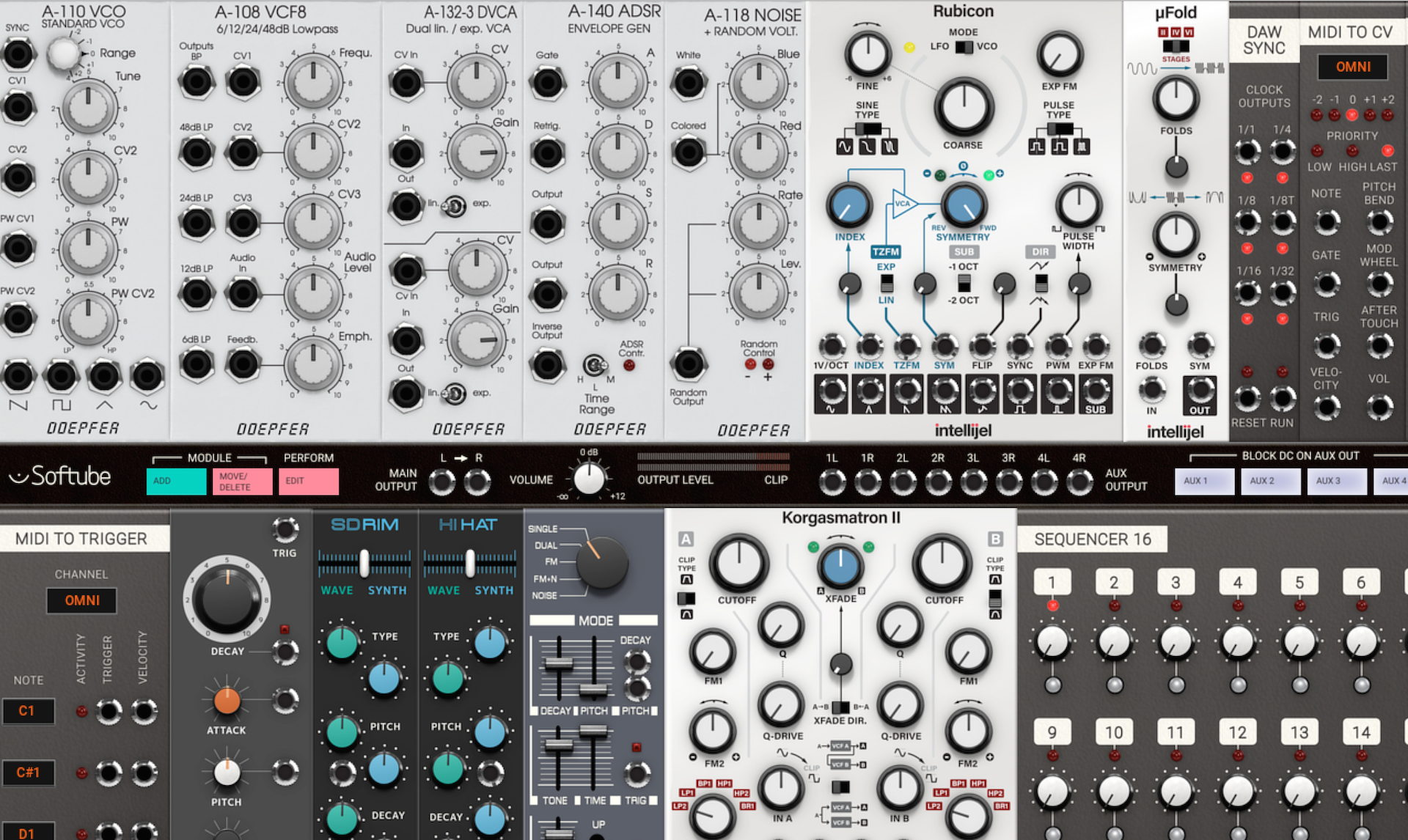

In the sensory-motor circuit innervating the limb, this family of proteins has been shown to control guidance of motor axons, sorting between motor and sensory axons and synaptogenesis.

The Eph/ephrin family has been widely involved in mechanisms of cell sorting, cell migration and axon guidance during development. Of note, cadherins are the only molecular players identified to date in the control of MN soma clustering. Moreover, members of the cadherin family, especially type II cadherins, have also been involved in this migratory process and a recent study identified axon guidance molecules of the Slit/Robo and Netrin/DCC pathways as repulsive and attractive cues, respectively, for MN cell bodies in the ventral spinal cord. A handful of molecular players involved in MN soma migration have been identified in the last few years, for instance, Reelin, an extracellular protein well known for its role in controlling radial migration of cortical neurons, was shown to control tangential migration of LMC MN. Although the role of these transcription factors in specifying the identity and position of MN within the spinal cord is well established, little is known on their potential effector genes. Indeed, gain and loss of function of Foxp1, Lim1, Islet1 and HB9 lead to important defects of MN positioning within the spinal cord along with a range of axon pathfinding defects. All these transcription factors have been shown to contribute to the establishment of MN organization in columns.

Lastly, LMCl and LMCm MN express Lim1 (Lhx1) and Islet1 respectively. For instance, all somatic MN express HB9, whereas Foxp1 is expressed in all LMC MN at high level. The different motor columns are characterized by the expression of different sets of transcription factors. A second phase of tangential migration followed by coalescence of same-identity MN soma gives rise to the stereotypical organization of motor columns in the ventral horn of the spinal cord. Shortly after exiting the cell cycle at the basal side of the ventricular zone of the spinal cord, MN migrate radially toward the marginal zone. Both LMCl and LMCm occupy stereotypical positions within the LMC. MN innervating the limb settle in the lateral motor column (LMC) which is further divided into two divisions: lateral LMC (LMCl) composed of MN innervating the dorsal part of the limb and medial LMC (LMCm) formed by MN innervating the ventral part of the limb. In the ventral spinal cord, motoneurons (MN) are grouped in motor columns according to their identity and to their target muscle. Because neurons are often born at a distance from their final settling position, the establishment of this topography requires complex migration and clustering processes. ConclusionsĪltogether, our study uncovered a novel cell autonomous role for ephrinB2 in LMC MN thus emphasizing the prevalent role of this ephrin member in maintaining cell population boundaries.Ī recurring theme in the organization of the central nervous system is the grouping of neurons innervating the same target. We demonstrate that while MN-specific excision of EfnB2 did not perturb specification or migration of MN, conditional loss of ephrinB2 led to the blurring of the LMC divisional boundary and to errors in the selection of LMC axon trajectory in the limb. We show that early in LMC development, ephrinB2 is differentially expressed in MN of the lateral versus medial LMC, suggesting a possible role in MN sorting and/or migration. Resultsįirst, we used a reporter mouse line to establish the spatio-temporal expression pattern of EfnB2 in the developing LMC. To address this issue, we assessed the role of ephrinB2 in MN topographic organization in the developing mouse spinal cord. The mechanisms by which this topographic distribution is established remains poorly understood. Indeed, their position within the lateral motor columns (LMC) correlates with axonal trajectories and identity of target limb muscles.

During sensori-motor circuit development, the somas of motoneurons (MN) are distributed in a topographic manner in the ventral horn of the neural tube.


 0 kommentar(er)
0 kommentar(er)
